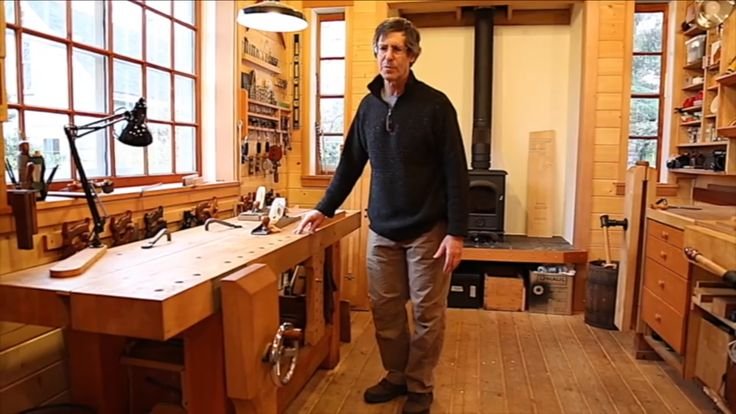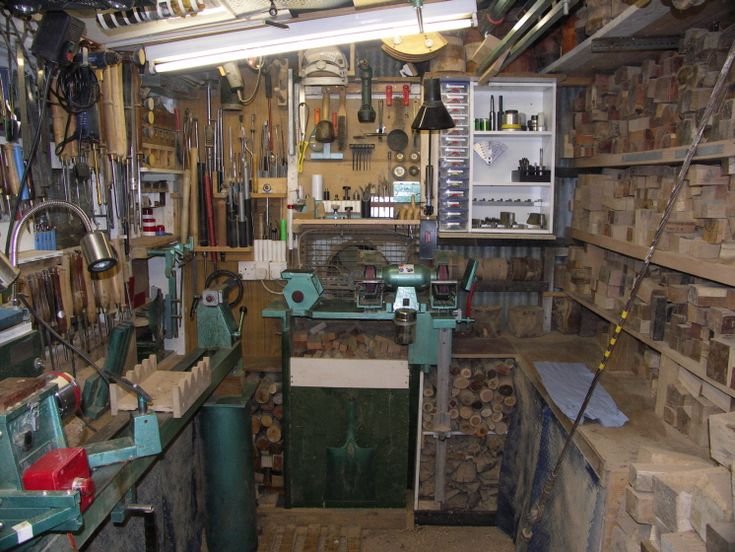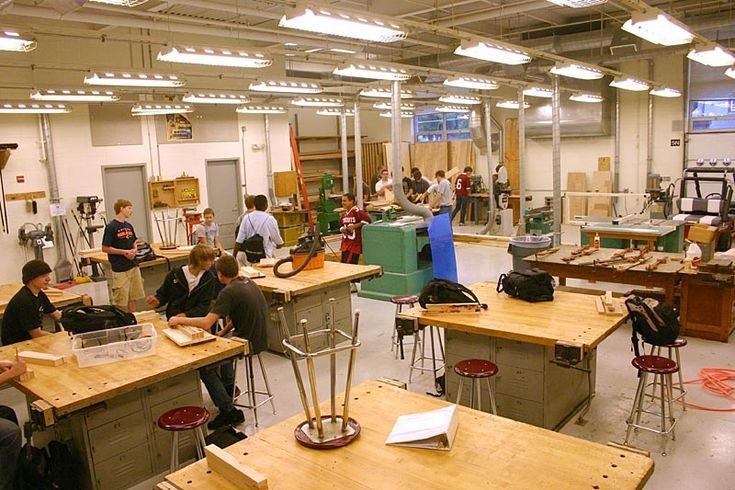The Wooden Mallet: A Love-Hate Relationship
So, there I was, sipping my usual cup of black coffee, staring at a pile of lumber in the corner of my garage. The sun was just starting to peek through the dusty window, and it hit me — I needed a new mallet. Now, you might be wondering why a mallet? Folks, let me tell you, this little tool packs a punch in ways you wouldn’t believe. But man, the journey to finding the right one feels like a soap opera.
The Search Begins
I remember the first time I even thought about getting a mallet. I was knee-deep into a project trying to make a cherry wood bench. Everything was coming together nicely; I had this gorgeous cherry, rich in color, smelling all sweet and nutty. But, oh boy, I was struggling with some of the joints. I watched my YouTube videos, and these guys were swinging their mallets like they were in a lumberjack competition. Meanwhile, I was there, wielding a regular hammer like it was my lifeline.
I should’ve known better. My poor bench was taking a beating, and not in a good way. You’d think I’d have it all figured out, right? Nope, just the sound of me banging away and praying I wouldn’t splinter the wood. I almost gave up when I hit a knot in the wood, and it sent my chisel bouncing crazy-like across the shop. It was almost comical if it wasn’t my project getting wrecked.
The First Attempt
Well, I decided it was time to hit the local hardware store. You can imagine the scene: me, a flannel shirt with sawdust on my jeans, meandering through aisle after aisle. Eventually, I came across a couple of mallets. There were these fancy ones — the kind that made you feel like a professional carpenter just by holding them. But there was also this good ol’ hickory mallet, worn and proud, begging for a chance.
That hickory mallet was my first real purchase. There was something that felt right about it — the weight, the smell of the fresh wood, and the patina from years of use that carried stories of its own. I didn’t regret my decision until I took it home and realized just how much I still had to master.
Lessons on the Fly
Now, working with a mallet feels entirely different. Rather than smashing away with a hammer, you kinda dance with it. I soon learned that you don’t just hit the chisel blindly; you have to be gentle, using the mallet to coax the wood rather than punish it.
Oh boy, was I awful at it initially. There were many a time when I’d swing that mallet with too much gusto, my confidence soaring, only to end up with wood fibers splintering everywhere like confetti. I laughed when it actually worked — you know, the moment everything clicks and the chisel slips right into the joint without a fuss. But goodness, those moments were few and far between at first.
As someone from a small town, I don’t have access to extravagant woodworking schools or anything like that. It’s just me, the Internet, and a good dose of trial and error. I almost gave up one night when I was making a simple dovetail joint. I thought, "What am I doing? This is too much work!" but there was something incredibly rewarding about finally getting it right.
Finer Details
Now, here’s where it got interesting. As I started to get a grip on this mallet thing, I wanted to try different kinds. I picked up a rubber mallet, thinking it’d give me a softer touch. I’ll never forget the first time I used it; the sound was like a dull thud, and surprisingly, it felt strange. It just didn’t work the way I was hoping — I missed that sweet connection between the wood and the mallet.
Fast-forward to today, and I have a couple of mallets, each with its own personality. There’s my trusty hickory, the rubber for delicate work, and even a little brass-headed mallet I picked up for good measure. Each one brings a different vibe, but that hickory one is my soulmate.
Closing Thoughts
Sipping that cup of coffee, looking over my little collection, I realize it’s more than just tools; it’s about the journey. Each scratch and dent tells a story about the mistakes made and lessons learned. If there’s one thing I wish someone had told me earlier, it’s to embrace those mistakes.
So if you’re sitting there contemplating whether or not you should dive into woodworking or pick up a mallet, just go for it. There’s something cathartic about working with your hands, even if it means making a mess. You’ll figure it out, just as I did, and who knows — you might just end up crafting something you’re proud of. And that’s worth all the splinters in the world.







